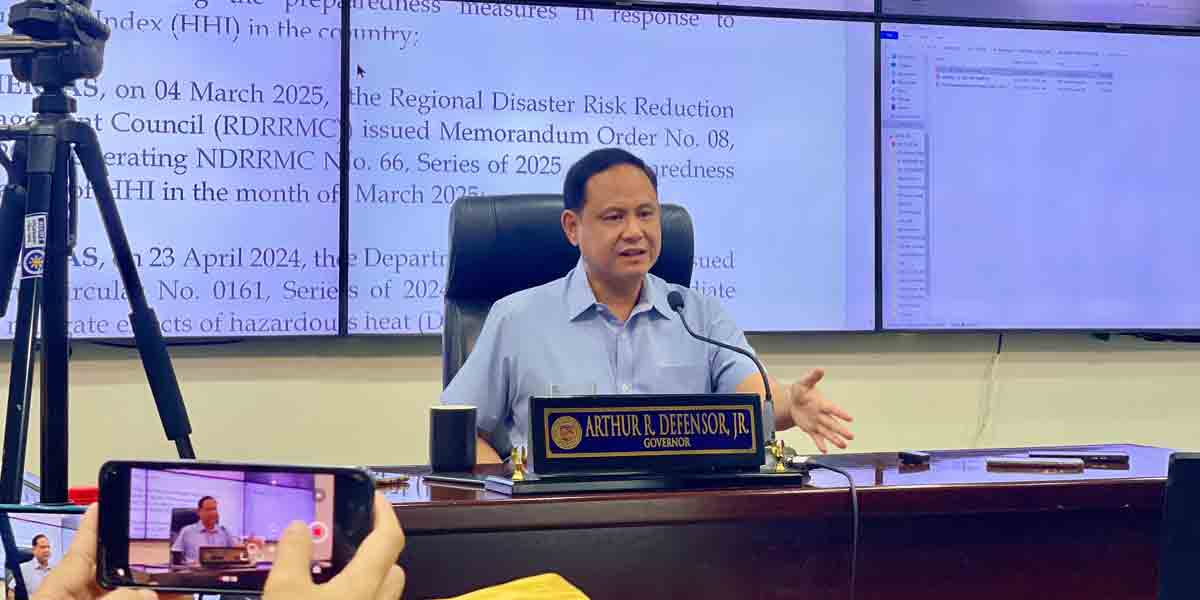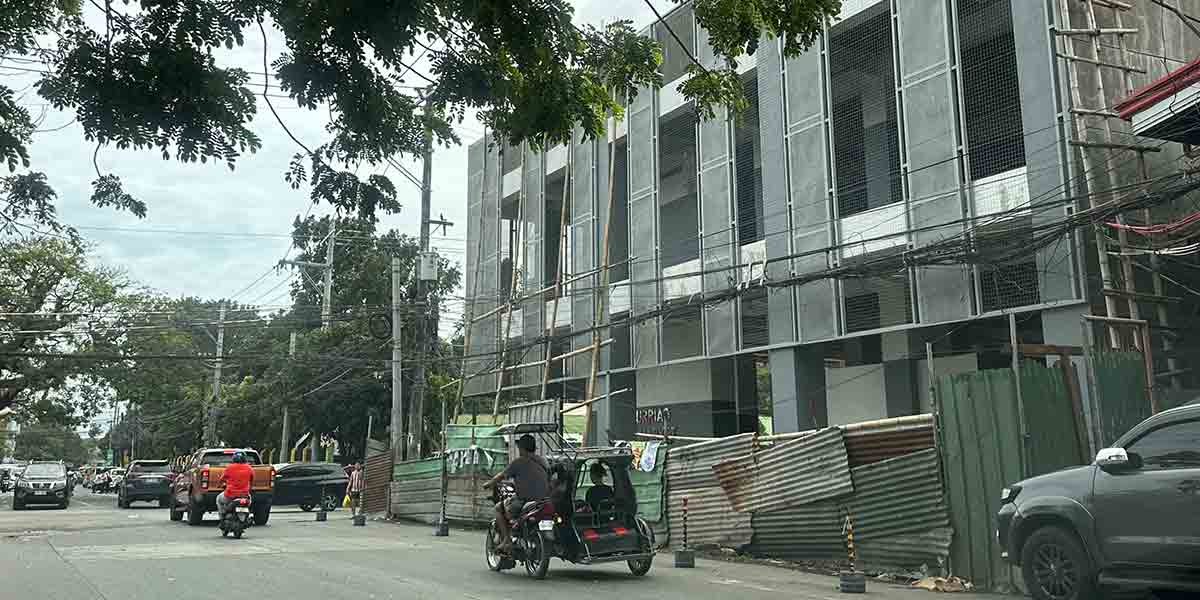By Atty. Eduardo T. Reyes III
Typhoon “Paeng” had recently shown that global warming is upon us.
Pundits point out that this is evident from the stronger hurricanes we experience, devastating earthquakes that rattle the terrain; and of course, the floods that ravage everything: from the farmer’s crops and livestock, to people’s homes, modest or resplendent.
Experience has made us realize how powerful a flood can be. It seeps through anything and usually comes without prior notice.
Yet the cause of, and answer to, flooding, may be found in a mundane provision in the Civil Code. Article 637 of said law states:
Art. 637. Lower estates are obliged to receive the waters which naturally and without the intervention of man descend from the higher estates, as well as the stones or earth which they carry with them.
The owner of the lower estate cannot construct works which will impede this easement; neither can the owner of the higher estate make works which will increase the burden.
As the aphorism goes: “Water will seek its own level”. This is the truism that is contemplated in Article 637 of the New Civil Code. It must be stressed however, that both the lower estates which must “receive the waters which naturally x x x descend from higher estates”, as well as the higher estates, have a mutual duty not to increase each other’s burden further, apart from the natural flow of the water itself. Thus, in Sps. Fernando Vergara and Herminia Vergara v. Erlinda Torrecampo Sonkin (G.R. No. 193659) which came down on June 15, 2015, it was held that:
“In the case at bar, it is undisputed that the Sonkin property is lower in elevation than the Vergara property, and thus, it is legally obliged to receive the waters that flow from the latter, pursuant to Article 637 of the Civil Code. This provision refers to the legal easement pertaining to the natural drainage of lands, which obliges lower estates to receive from the higher estates water which naturally and without the intervention of man descends from the latter, i.e., not those collected artificially in reservoirs, etc., and the stones and earth carried by the waters, viz.:
Art. 637. Lower estates are obliged to receive the waters which naturally and without the intervention of man descend from the higher estates, as well as the stones or earth which they carry with them.
The owner of the lower estate cannot construct works which will impede this easement; neither can the owner of the higher estate make works which will increase the burden.
X x x
Hence, the CA correctly held that while the proximate cause of the damage sustained by the house of Sps. Sonkin was the act of Sps. Vergara in dumping gravel and soil onto their property, thus, pushing the perimeter wall back and causing cracks thereon, as well as water seepage, the former is nevertheless guilty of contributory negligence for not only failing to observe the two (2)-meter setback rule under the National Building Code, but also for disregarding the legal easement constituted over their property. As such, Sps. Sonkin must necessarily and equally bear their own loss”.
Thus, if neither the higher nor lower estate will make artificial works that would either impede or further increase the flow of the water, then it will “seek its own level” which is the sea or ocean or river (which, of course, must be lower than the terrain, otherwise towns and cities will be underwater), and thus waters coming from roofs during a heavy downpour of rain will seek its outlet to the nearest body of water. Resultantly, flooding would be minimized if not obviated altogether.
Indeed, mindfulness of, and deference to, our neighbor’s and their property’s wellness always matters in terms of creating a much better world for all of us to live in.
(The author is the senior partner of ET Reyes III & Associates– a law firm based in Iloilo City. He is a litigation attorney, a law professor and a law book author. His website is etriiilaw.com).

























